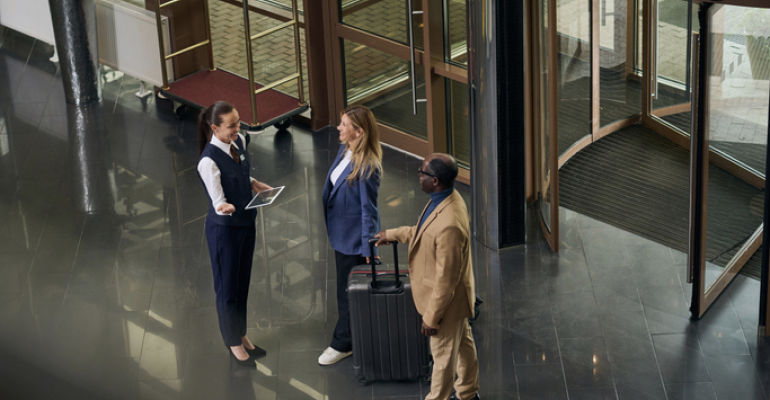In November, survey results from the Society for Incentive Travel Excellence and the Incentive Research Foundation found that “one of the top concerns for incentive planners” is service quality in destinations, according to Annette Gregg, CEO of SITE. And after SITE’s recent annual conference in Istanbul, Turkey, Gregg confirms that the issue “is a major disruptor for planners” as they begin to fulfill their 2024 programs.
Citing the strong numbers for new hires in the leisure and hospitality segment over the past six months, Gregg says that “the hotels and other companies are nearly back to their 2019 staffing levels, but all these new people make it tough for incentive buyers. With new hotel employees, management’s priority is getting them to function within the property’s systems. But what about the nuanced parts of the hospitality role—how can those employees be taught quickly about the incentive industry’s specific needs, and each client’s specific needs? Honestly, I don’t have an answer for that.”
Further, “seasoned planners are used to dealing with contacts they’ve known for years, from the GSO [Global Sales Office] level down to their tried-and-true operators at their favorite DMCs. But business is going gangbusters, and a lot of new people are coming into these organizations to keep up,” she notes. “So, for the high-touch stuff that they need a solid destination partner for, planners are saying, ‘Oh my gosh, I have to tell this person all about who my client is and what they prefer.’”
“Even when suppliers focus on that kind of training, it takes a while for all that client knowledge to transfer—if it does transfer at all,” Gregg adds. “Sometimes a lot just drops out. Unfortunately, [the supplier side] probably won’t get back to being a well-oiled machine for a few years.”
One Key to Event Success: Immersion in the Destination
Gregg notes that SITE’s 500-attendee annual conference achieved a net promoter score of 60, “which is something we're thrilled about. That makes it one of our highest-rated global conferences scores since we've been tracking NPS.” (Read more about using NPS and other event KPIs in this article.)
She believes that the main reason the event was so highly rated was that it “focused on destination immersion.” After last year’s conference in New York City, which was spent in the hotel much of the time, attendees’ feedback was clear: They wanted to touch and feel the destination, says Gregg. “If they are going to use it for future programs, they have to see what it's like out there.”
As a result, SITE built a half-day “learning on location” module that centered around “a restaurateur who started out with one outlet in Istanbul, and now she's on the Forbes 50 entrepreneurs list,” she says.
The lesson: “With any event, not all the learning has to take place inside the ballroom and breakouts. There’s so much more energy involved when you take people out in the destination. Let's highlight a local who has achieved something great, versus flying somebody in from another city. It adds to the event’s authenticity” and makes it more memorable.
More incentive insights from SITE's Annette Gregg can be found in this article.





